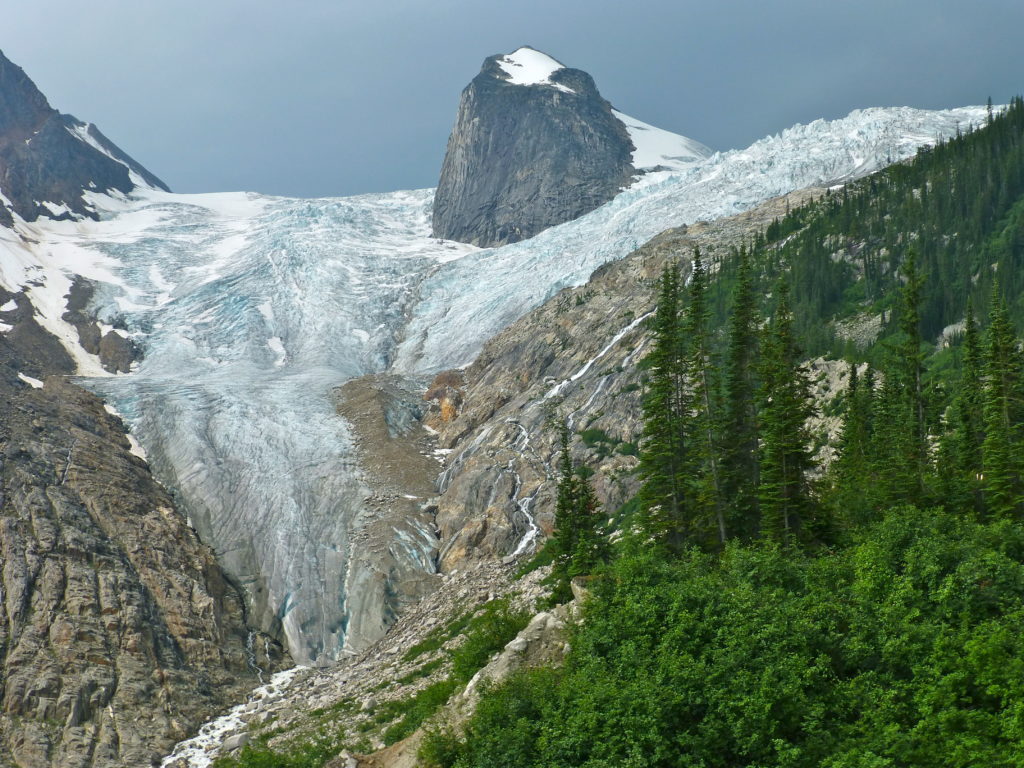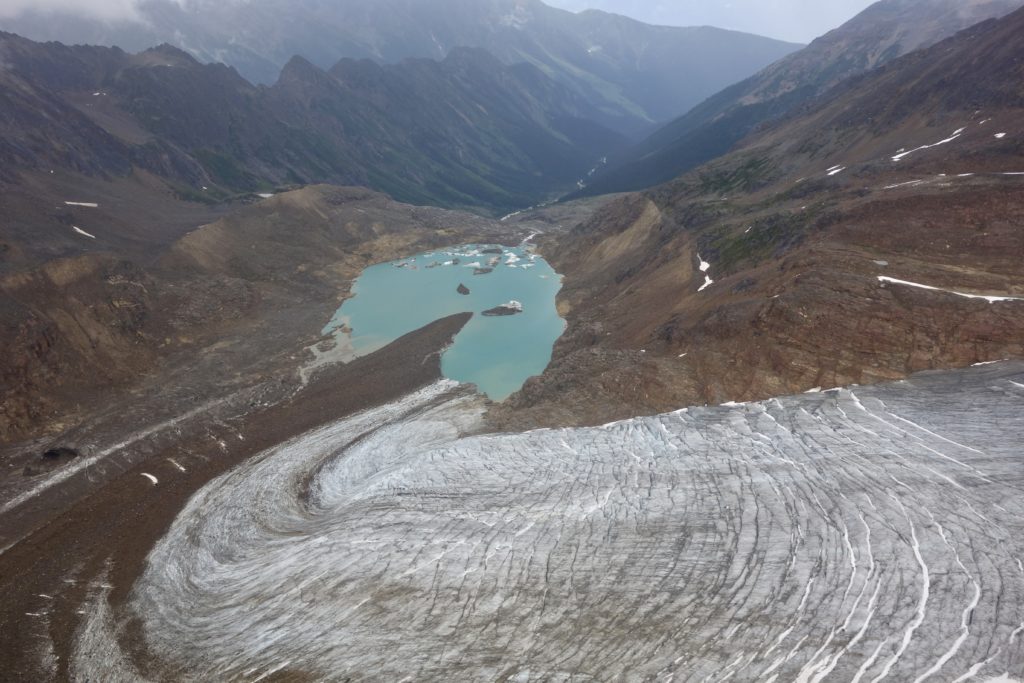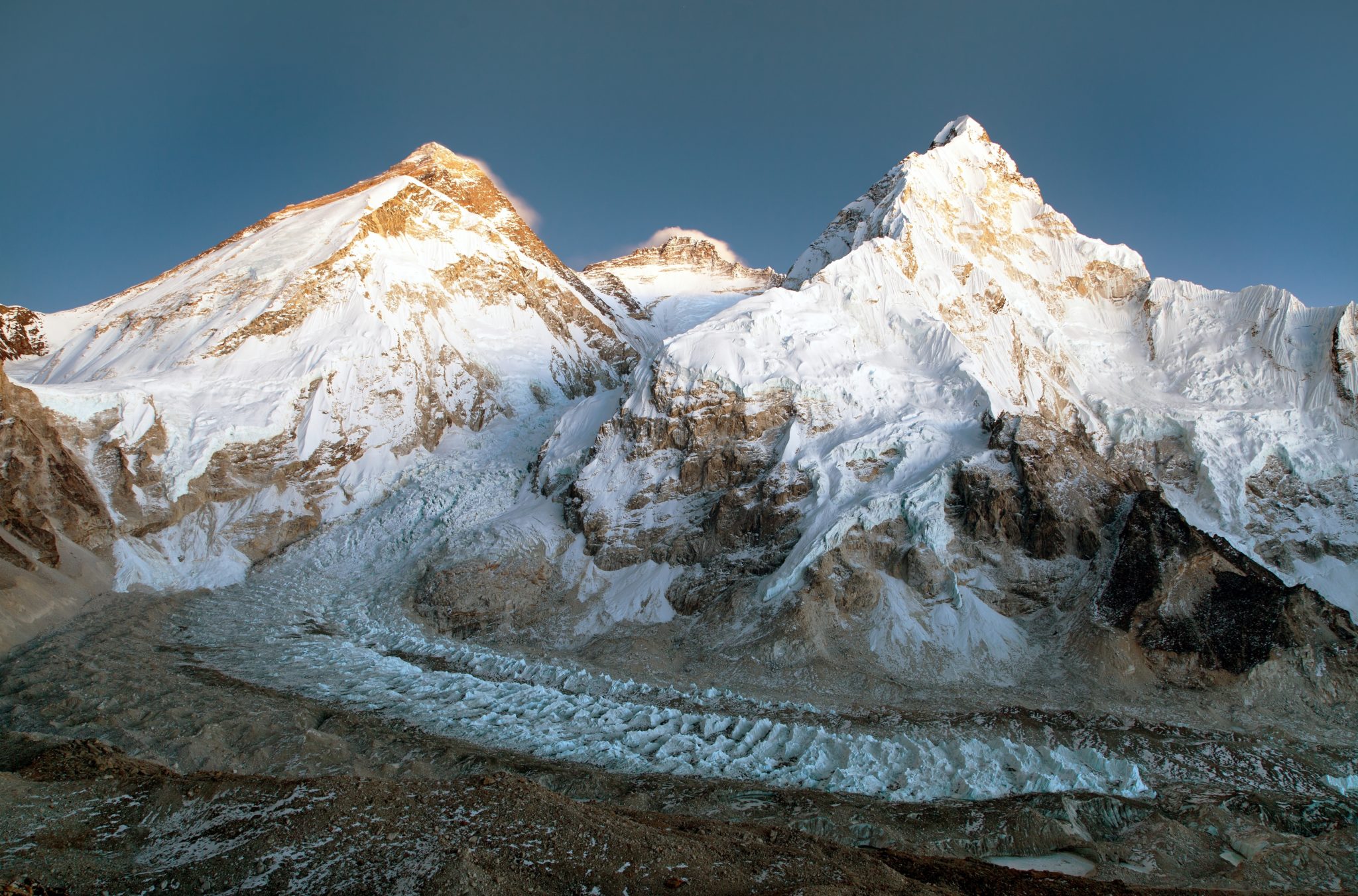Preserving Earth’s Miraculous Third Pole
Valentine’s Day serves as a reminder that the greatest of all lovers gave us a bountiful, stunningly beautiful planet on which to live and thrive. As people travel across the globe, we see exquisitely designed features that bring us pleasure. One of the special features of Earth that makes our civilization and technology—and all that beauty—possible is Earth’s “Third Pole.” But is our remarkable Third Pole in jeopardy?
Where’s the Third Pole?
We’re all familiar with the North and South Poles, but what and where is the Third Pole? It’s a region of ice fields that (roughly) encompasses the Tibetan Plateau and surrounding mountains. This region is the source of many major river systems that provide water to more than a billion people in Asia.
Planets orbiting their host stars in the liquid water habitable zone—where an abundance of liquid water exists on their surfaces, if they have any surface ice at all—will have frozen water at their poles and perhaps on a few mountaintops and liquid water everywhere else. What is so astounding about our planet is that it presently has a third pole.
Earth’s largest store of ice is in Antarctica (the South Pole). Its second biggest ice deposit is over Greenland and the Arctic Ocean (the North Pole). One of Earth’s miraculous features is that it possesses a third pole, meaning we have not just two ice caps but three. Earth’s third ice cap is not at some high latitude. It ranges from 27° to 37° north latitude.
Most of the ice at Earth’s third pole resides along its southern edge. The total quantity of its summer ice is greater than the total quantity of ice in the summer Arctic Ocean ice cap. More than 95,000 glaciers comprise the Third Pole.1 In 1978, a team of glaciologists measured the total quantity of ice at the Third Pole to be about 14,000 cubic kilometers (3,400 cubic miles).2
Shrinking Third Pole
Despite an impressive amount of ice, the Third Pole, like The Incredible Shrinking Man, is experiencing continual, ongoing shrinkage. Glaciers around the world have experienced substantial mass loss during the past several decades. But this rapid mass loss is especially evident in the Himalayas. However, this observed loss lacked a long-term context. A team of six geographers led by University of Leeds’ Ethan Lee recently conducted a study that established the needed context.3
Lee’s team used a combination of geomorphological mapping and paleo-ice surface reconstruction to assess the changes in Himalayan glaciers over the past 700 years. By these means they successfully determined the extent and surface areas of 14,798 Himalayan glaciers during the Little Ice Age (LIA) 700 to 400 years ago.
The total land area covered by the 14,798 Himalayan glaciers shrank by 40% since the LIA maximum. Large valley floor glacier tongues (see figure 1 for an example) commonly retreated by more than 100 vertical meters (330 feet). Lake-terminating glaciers (see figure 2) had an ice mass loss rate that was 2.5 times greater than glaciers that ended at a cascading stream (see figure 1).

Credit: Hugh Ross

Credit: Hugh Ross
Acceleration of Shrinkage Rates
Lee and his colleagues measured the average mean surface lowering (shrinkage) of Himalayan glaciers since the LIA maximum. The lowering ranged from 0.011–0.020 meters per year, with the greatest lowering occurring in eastern Nepal and northern Bhutan and the least in Spiti Lahaul (the Karakoram Range in Kashmir). The rate of surface lowering, however, has greatly accelerated during the past several decades. From 1975 to 2000 the average mean surface lowering for all the Himalayan glaciers was 0.21 meters per year.4 From 2000 to 2016 the average mean surface lowering was 0.43 meters per year.5 This dramatic acceleration of ice loss far exceeds that of other glacial systems in the world.
Consequences of Shrinkage
The melting of the Third Pole bodes tragically not just for people living in Asia but for the entire human species. Twenty major rivers flow out from the Third Pole. These twenty rivers irrigate the great agricultural plains of Asia that feed more than 3 billion people. As total ice volume of the Third Pole shrinks, so too will the water delivery to Asia’s agricultural plains.
In addition to potential water loss, the shrinkage of the surface area covered by the Third Pole’s ice poses another threat: global warming. Owing to how close the Third Pole is to the equator, the Third Pole’s ice reflects sunlight about four times more efficiently than the ice at the Antarctic and Arctic poles. That is, per unit area of ice, the Third Pole has four times the cooling effect on Earth’s global mean temperature. Therefore, the acceleration of ice loss area in the Third Pole plays a major role in explaining the accelerated rate at which the global mean temperature has been rising over the past forty years.
Preserving the Third Pole
Clearly, it is in the best interest of all the world’s nations to do everything possible to preserve the Third Pole. Such a mandate is consistent with the command God gave to all humans through Adam and Eve (Genesis 1:28–30) to manage Earth’s resources for the benefit of all life.
Since lake-terminating glaciers melt two-and-a-half times faster than other glaciers, it is incumbent on engineers to drain the terminating lakes. Lee’s team noted that glaciers covered in dust and debris melt faster than clean glaciers. If Asian nations would transfer their fossil fuel dependence from coal to natural gas, much less black carbon soot would be deposited on the Third Pole. Such a move would also slow down the melting of the Arctic pole. As I explained in a previous article, “Black Carbon’s Link to Climate Change,” black carbon soot from coal burning in Asia is a prime contributor to the melting of snow and ice in Canada and Siberia. The transfer from coal to natural gas comes with several additional benefits: (1) natural gas releases only half the greenhouse gases to the atmosphere as does coal, (2) natural gas does not emit particulates that damage the respiratory systems of plants, animals, and humans, and (3) natural gas is potentially cheaper than coal.
One of my motivations in writing the book Weathering Climate Change was to show that global warming could be halted and climate stability restored through endeavors that economically benefit all humans. Instituting the win-win solutions I propose would preserve all three of Earth’s poles.
Endnotes
- P. D. A. Kraaijenbrink et al., “Impact of Global Temperature Rise of 1.5 Degrees Celsius on Asia’s Glaciers,” Nature 549 (September 14, 2017): 257–260, doi:10.1038/nature23878.
- Shih Ya-feng et al., “Distribution, Feature, and Variations of Glaciers in China,” World Glacier Inventory, Proceedings of the Riederalp Workshop, September 1978, Actes de l’Atelier de Riederalp, IAHS-AISH Publication No. 126 (1980): 111–116; International Panel on Climate Change, Fourth Assessment Report: Climate Change 2007: Working Group II: Impacts, Adaptation, and Vulnerability; 10.6.2 The Himalayan Glaciers; J. Graham Cogley “Present and Future States of Himalaya and Karakoram Glaciers,” Annals of Glaciology 52, no. 59 (December 2011): 69–73, doi:10.3189/172756411799096277.
- Ethan Lee et al., “Accelerated Mass Loss of Himalayan Glaciers Since the Little Ice Age,” Nature: Scientific Reports 11 (December 20, 2021): id. 24284, doi:10.1038/s14598-021-03805-8.
- J. M. Maurer et al., “Acceleration of Ice Loss Across the Himalayas over the Past 40 Years,” Science Advances 5, no. 6 (June 19, 2019): id. eaav7266, doi:10.1126/sciadv.aav7266.
- David E. Shean et al., “A Systematic, Regional Assessment of High Mountain Asia Glacier Mass Balance,” Frontiers in Earth Science 7 (January 30, 2020): id. 00363, doi:10.3389/feart.2019.00363.






